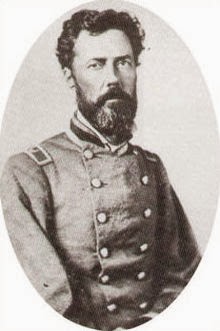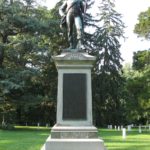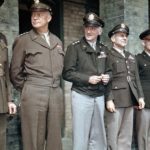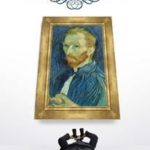| Gates of antiquarian book heaven |
As some of you know, I was fortunate to attend the Rare Book School (RBS) at the University of Virginia, Charlottesville, during summer 2013, where I took the intensive Principles of Descriptive Bibliography course. The school is, as one might expect, a heaven for antiquarian book sellers, archivists, registrars and appraisers. You may go there for a specific course, but you will certainly gain residual knowledge from others!
| Doors of West Lawn 33 |
My course was, in a word, intense. The principles of bibliographical description developed by Fredson Bowers and published in 1949 are exhaustive – I mean that in ways you don’t want to imagine, and include a unique and cryptic notation system that resembles calculus. Next time you’re over, ask to see my ream of class notes and books on the subject that I guarantee will cure you of any teetotaler tendencies. But thanks to my RBS training, I can tell you within 15 minutes if a book, especially from the hand press era, 1450-1800, is complete, as well as what parts may be missing. As hard a slog as it was, I wouldn’t trade the experience for anything.
Anyway. Being a summer course, I was able to book a room on the prestigious ‘The Lawn’ – part of Thomas Jefferson’s Palladian “Academical Village,” and was assigned West Lawn 33. During the regular school year, these rooms are reserved for undergrad students in their final year of study, and are required to be their primary residence during those semesters. Rooms are furnished with a desk, bed, fireplace, sink, rocking chair, and an electric ceiling fan, which of course isn’t exactly original Jeffersonian.
Each room also contains a list of occupants dating back to the late 19th century. None of the names in my room stood out as historic, but inspired by these surroundings, I Googled my room the night I arrived. I discovered it was used much earlier in the 19thcentury by Mississippi-born Carnot Posey (1818-1863) when he attended UVa law school before the Civil War. His roommate, John Davis, would become a doctor.
 |
| Brigadier General Carnot Posey (1818-1863) |
Posey served during the Mexican-American War (1846-1848) with the volunteer regiment Mississippi Rifles as a 1st Lieutenant. During the Civil War, Posey was recruited by the Wilkinson Rifles militia, and served as Captain beginning May 21, 1861. Just a couple of weeks later on June 4th, the militia was absorbed by the 16th Mississippi Regiment, and Posey was promoted to Colonel.
The next day I quizzed one of the grounds administrators about upgrades of Lawn rooms over the last 150 years. She was unaware of any major renovations since the rooms were built, apart from the the rotunda, which was gutted by fire in 1895, and a set of buildings on the south end. Not exactly a water tight case, I admit, but still rather compelling – and the best I could do considering how much time I was to spend in class and on homework.
Despite the fact I self-identify as a “Yank,” I must say learning the historic nature of the room added hugely to the already agreeable ambience of working with 400+ year old books!





